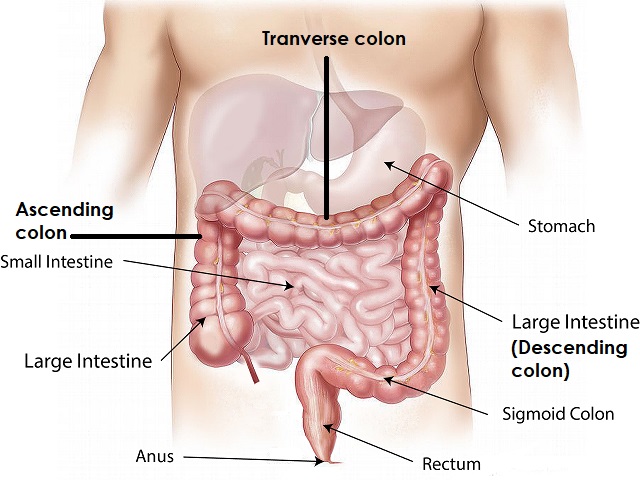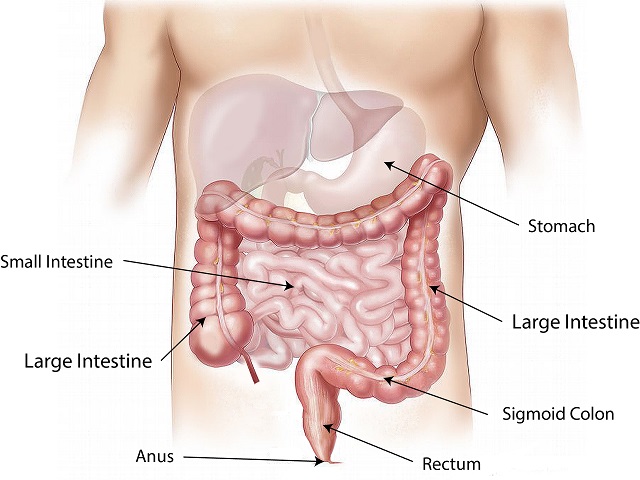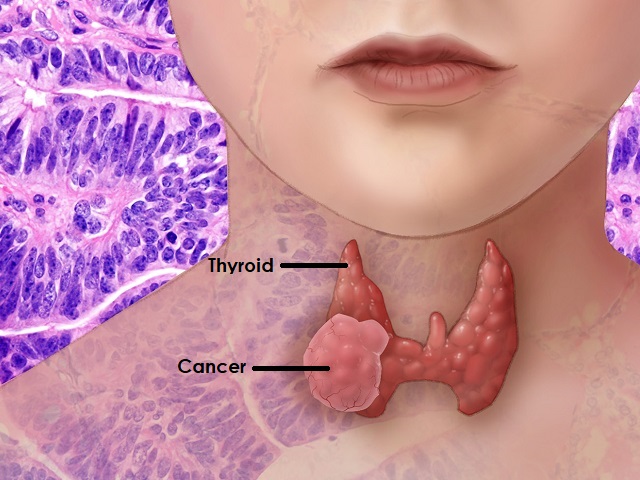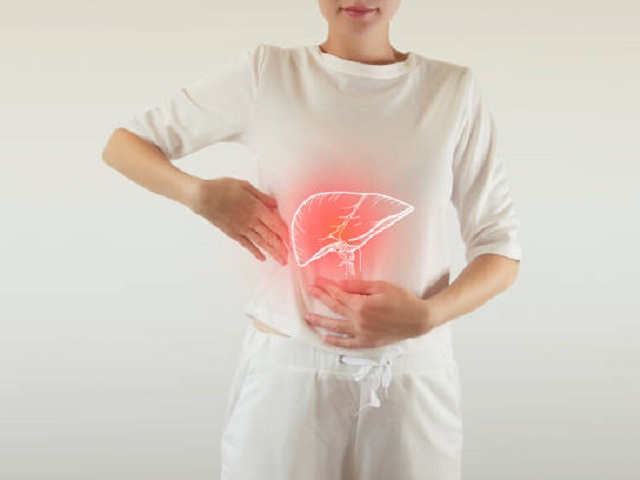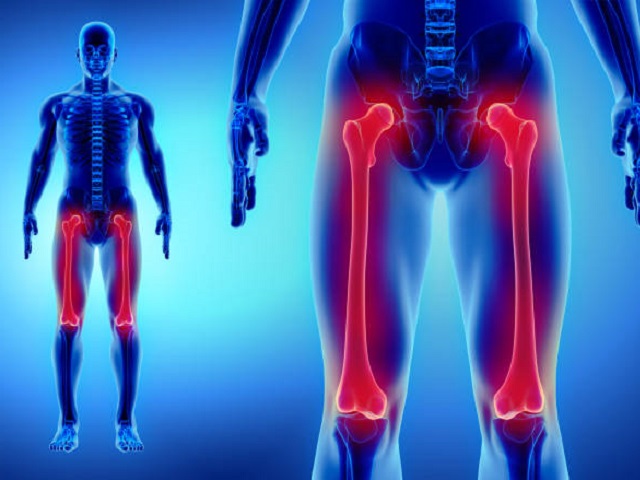4 Signs You May be Having Prostate Cancer--Symptoms, Causes, Effects, Treatment and Prevention
Prostate cancer is a type of cancer that develops in the prostate, a small gland located below the bladder in men. It occurs when the cells in the prostate gland undergo abnormal growth and division, forming a tumor. Prostate cancer is one of the most common cancers in men, and early detection is essential for effective treatment.
Symptoms of Prostate Cancer:
In the early stages, prostate cancer may not cause noticeable symptoms. However, as the cancer progresses, men may experience the following symptoms:
- Urinary problems: Frequent urination, difficulty starting or stopping urination, weak urine flow, or a sense of incomplete bladder emptying.
- Blood in the urine or semen.
- Erectile dysfunction.
- Pain or discomfort in the pelvic area, lower back, or hips.
It is important to note that these symptoms can also be caused by non-cancerous conditions, such as benign prostatic hyperplasia (BPH). Therefore, it is crucial to consult a healthcare professional for proper evaluation and diagnosis (American Cancer Society, 2021a).
Causes of Prostate Cancer:
The exact cause of prostate cancer is unknown. However, several risk factors have been identified that may increase the likelihood of developing the disease. These risk factors include:
- Age: Prostate cancer is more common in older men, with the majority of cases occurring after the age of 65.
- Family history: Men with a family history of prostate cancer, especially in close relatives like a father or brother, have a higher risk.
- Race and ethnicity: Prostate cancer is more prevalent among African-American men and less common in Asian and Hispanic men.
- Genetic factors: Inherited gene mutations, such as BRCA1 and BRCA2, may increase the risk of prostate cancer.
- Lifestyle factors: Unhealthy lifestyle choices, including a high-fat diet, obesity, and lack of physical activity, may contribute to an increased risk.
It is important to note that having one or more risk factors does not guarantee the development of prostate cancer, and many men without apparent risk factors can still develop the disease (American Cancer Society, 2021b).
Effects of Prostate Cancer:
Prostate cancer and its treatment can have physical, emotional, and social effects on individuals. These effects may include:
- Physical effects: Prostate cancer and its treatment can lead to side effects such as urinary incontinence, erectile dysfunction, bowel problems, fatigue, and pain.
- Emotional and psychological effects: Men with prostate cancer may experience a range of emotions, including fear, anxiety, depression, and changes in self-esteem and body image.
- Social and interpersonal effects: Prostate cancer can impact relationships, work responsibilities, and daily activities. It may also create financial burdens due to medical expenses and loss of income.
Treatment of Prostate Cancer:
The treatment options for prostate cancer depend on several factors, including the stage and aggressiveness of the cancer, as well as the individual's overall health. Common treatment modalities include:
- Active surveillance: Monitoring the cancer's progression through regular check-ups, tests, and biopsies without immediate treatment.
- Surgery: Surgical removal of the prostate gland (prostatectomy) may be recommended, either through traditional open surgery or minimally invasive techniques such as robotic-assisted laparoscopic surgery.
- Radiation therapy: High-energy radiation is used to kill cancer cells or shrink tumors. It can be delivered externally (external beam radiation) or internally through radioactive seeds (brachytherapy).
- Hormone therapy: Medications are used to block the production or action of male hormones (androgens) that fuel the growth of prostate cancer.
- Chemotherapy: Powerful drugs are used to kill cancer cells throughout the body, usually reserved for advanced cases.
- Immunotherapy: Medications stimulate the immune system to recognize and attack cancer cells.
The choice of treatment depends on various factors and should be discussed with a healthcare professional (American Cancer Society, 2021c).
Prevention of Prostate Cancer:
While the prevention of prostate cancer remains challenging, several strategies may help reduce the risk. Some prevention measures include:
- Healthy lifestyle choices: Maintaining a healthy weight, eating a balanced diet rich in fruits and vegetables, exercising regularly, and avoiding tobacco use.
- Regular check-ups: Men should undergo regular screenings for prostate-specific antigen (PSA) levels and digital rectal exams as recommended by their healthcare provider.
- Discussing risk factors: Individuals with a family history of prostate cancer or other risk factors should discuss their situation with a healthcare professional to determine appropriate screening and preventive measures.
It is important to note that the potential benefits and risks of prostate cancer screening should be carefully considered and discussed with a healthcare professional (American Cancer Society, 2021d).
References:
American Cancer Society. (2021a). Signs and symptoms of prostate cancer. Retrieved from https://www.cancer.org/cancer/prostate-cancer/detection-diagnosis-staging/signs-symptoms.html
American Cancer Society. (2021b). What are the risk factors for prostate cancer? Retrieved from https://www.cancer.org/cancer/prostate-cancer/causes-risks-prevention/risk-factors.html
American Cancer Society. (2021c). Treating prostate cancer. Retrieved from https://www.cancer.org/cancer/prostate-cancer/treating.html
American Cancer Society. (2021d). Can prostate cancer be prevented? Retrieved from https://www.cancer.org/cancer/prostate-cancer/causes-risks-prevention/prevention.html







